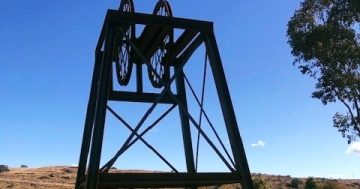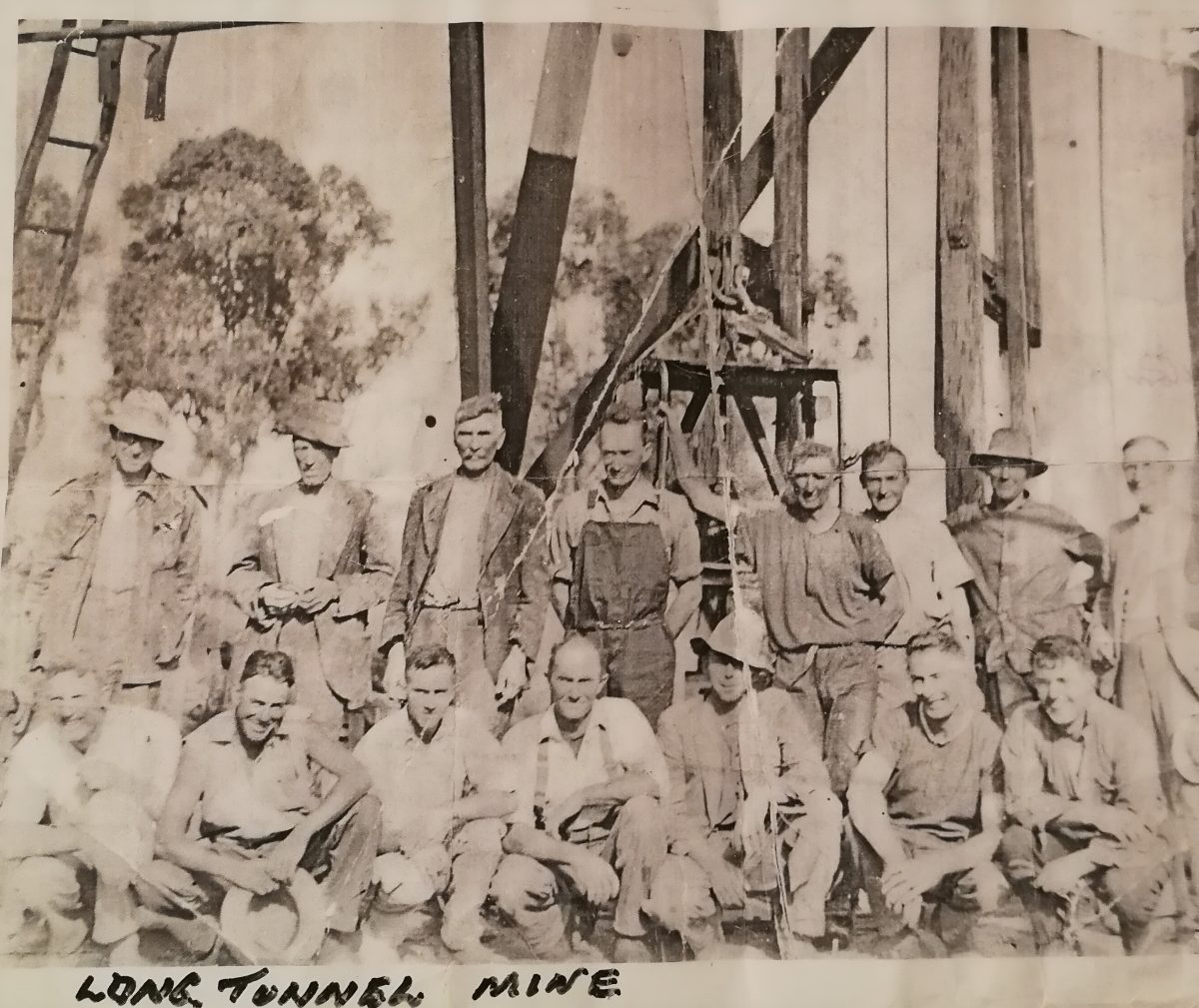
Long Tunnel Mine was just one of the productive ventures in the Gundagai region in the 1930s. Photo: Supplied.
Gold! It is a word that has set many people’s pulses racing over the years. The search for the precious metal has seen the creation of both myth and fantastic truth, with gold rushes across Australia and in the local region during the 19th century being at the centre of the world stage.
From the reported streets of gold in Junee and the riches of Adelong to an inquisitive Temora prospector and a young engineer who would become President of the United States of America, the local area abounds with wonderful stories.
With such a rich history in gold exploration, the topic is never far from a news article, or conversations engaged from barside stools, while the local tourism sector has developed to a point where towns are benefiting from visitors looking to learn more about our mining pioneers.
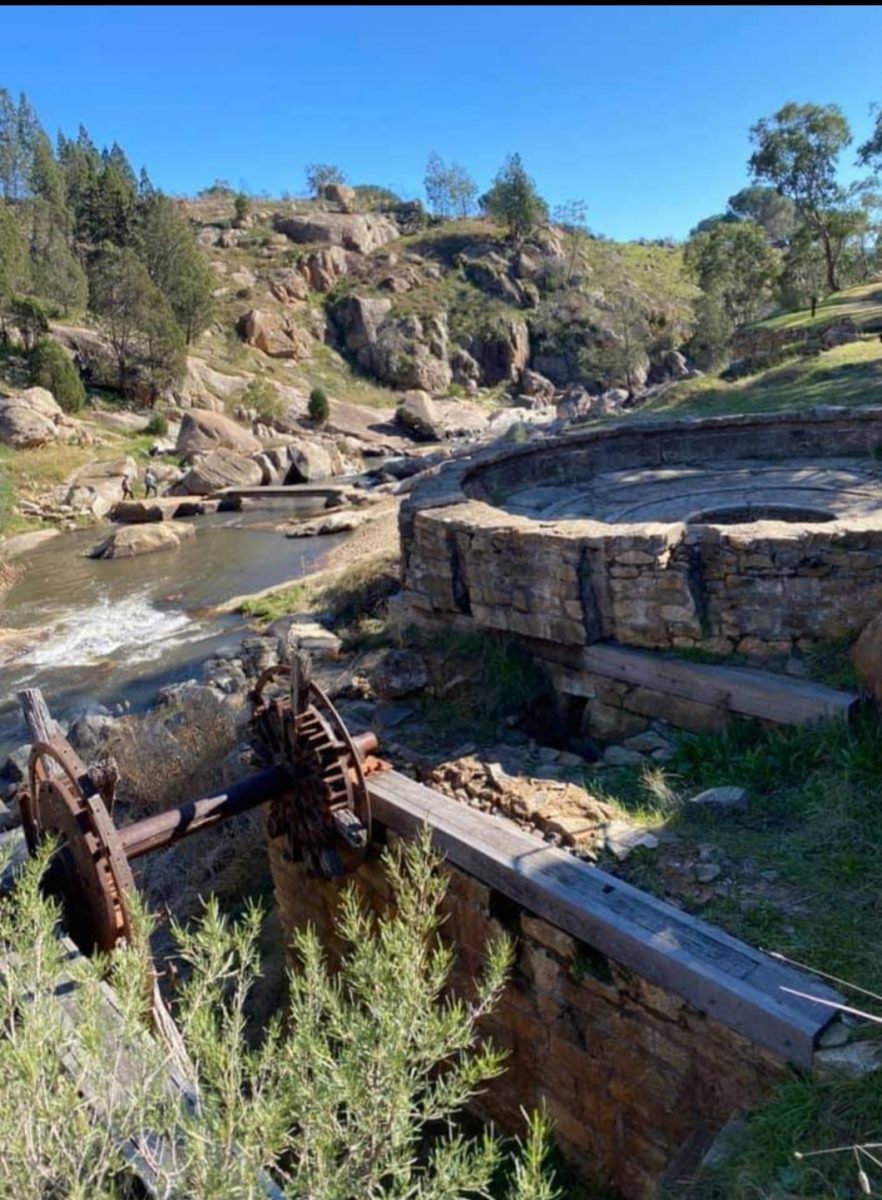
Adelong Falls is a prime example of local goldmining history. Photo: Jacki Fairall.
The Adelong Falls area is an excellent example of local goldmining history. Viewing platforms and information panels were built to fit in seamlessly with the rugged surrounds of Adelong Creek and its stunning mining ruins.
From the 1850s to the 1940s, miners around Adelong discovered huge amounts of gold – more than 22 metric tonnes – but it wasn’t just from regular methods. A well, dug at the back of the old Bank of NSW in Adelong, was reported to produce almost as much gold as water.
Today, people are drawn to Adelong Falls by its history and a chance to trek along the well-maintained paths, but many also try their hand at gold-panning, and with good results. It is not uncommon to see someone with a pick, shovel and pan walking with their head down along the creek, silently debating which spot to try.
It is no coincidence that the prospectors you see are on the eastern side of the creek, because serious and amateur prospectors alike know that the best gold is to be found opposite the setting sun.
Perhaps the old miner’s tale was something that this writer’s nanna was aware of. Sheila Murphy had expert knowledge of the area surrounding Adelong, and panning with her over several years on the famous local waterway helped me fund a trip to Europe as a 19-year-old.
Gold prospecting has always been said to be about hard work and just as much luck, with an inquisitive nature also being a good characteristic.
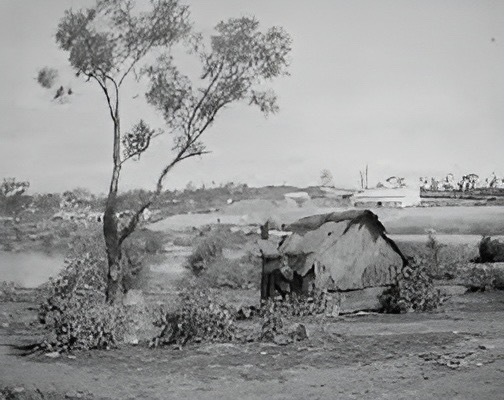
The Prince of Wales Mine, Reno, in 1900. Photo: Supplied.
The Temora Napper illustrated all of these traits when he began “napping” stone from a pile of discards at the Mother Shipton Mine. One man’s trash is another’s treasure, and this resourceful chap became rich from being thorough in his work. More than 1.4 kg was eventually recovered from the large pile of rubble.
Modern improvements in technology are allowing the current breed of prospectors to detect and extract gold even more efficiently.
Australian Gold & Copper (AGC) states on its website that it has detected deposits in previously explored areas west of Gundagai, while other companies, such as DevEx and Freeport McMoran, explore around Junee and north-east of Wagga Wagga, respectively. There have also been several attempts recently to reopen the Adelong mines.
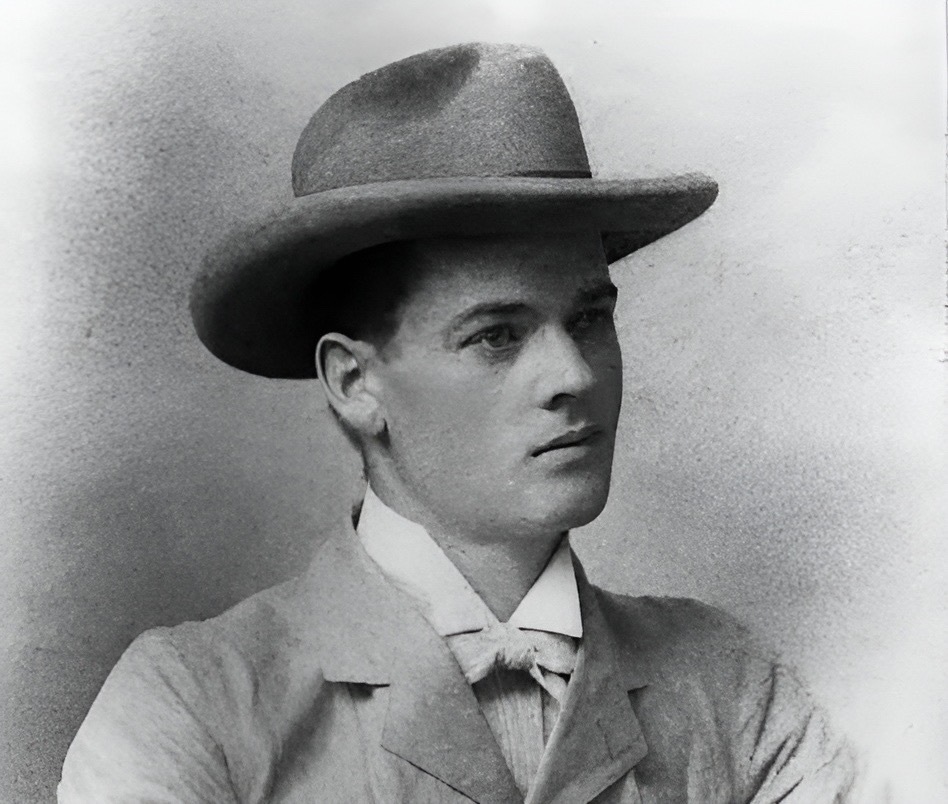
Future US President Herbert Hoover in Australia in 1898. Photo: Library of Congress.
Historically, the Long Tunnel Mine was just one of the productive ventures in the Gundagai region during the late 19th and early 20th centuries, while Herbert Hoover, the future 31st US President, was a young engineer at the huge Prince of Wales Mine, west of the township.
The area around Junee is also coloured with mining folklore. One 19th-century newspaper may have jumped the gun slightly when proclaiming “gold in the streets of Junee” during the 1890s.
The gold discovery heralded was in fact from nearby Wantiool, but the declaration was proven right in 1927 when workmen uncovered gold-laden quartz while repairing a water main near the town’s cenotaph.
Not all people were excited about the news of gold finds. Local business owners would dread the mass exodus of employees who had come with the big discoveries in the 19th century.
Locally, farmers near Grong Grong held their breath in 1910 when a rural newspaper reported a find of 200 ounces (5.67 kg) per tonne, an enormous amount. It was harvest time and they feared labourers would abandon their crops to use their strength to dig mine shafts.
As it turned out, the Grong Grong find produced good results, but the reported 200oz/t became just another dazzling tale conjured by the lure of the magical metal.







